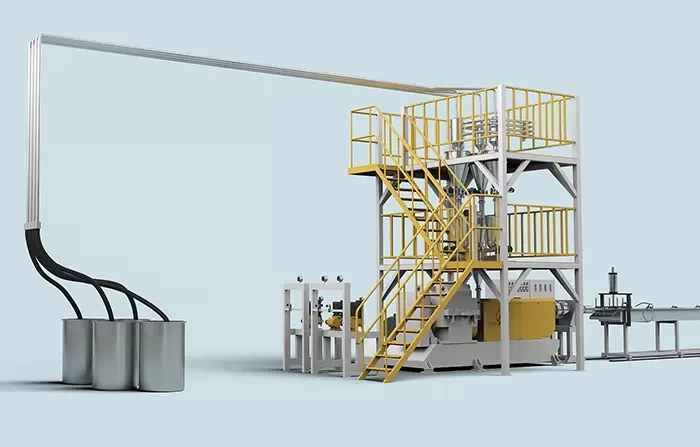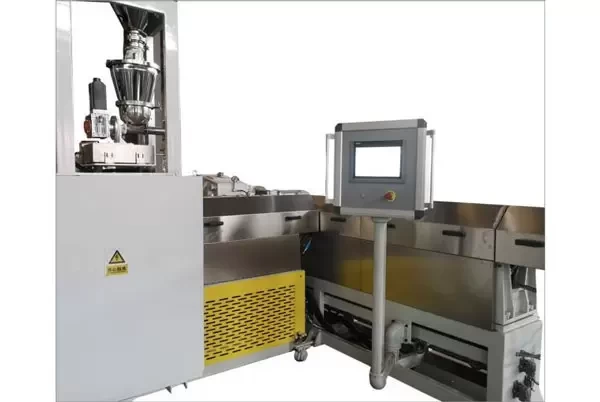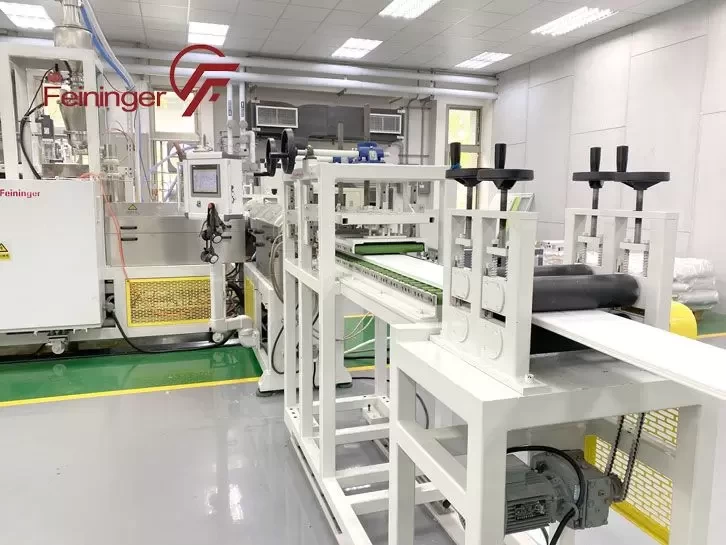Technology
16
Aug . 2023Physical foaming is the use of physical principles of foaming, such as the plastic dissolved into a gas or liquid, and then make it expand or vaporize.
Process: In this method, a physical blowing agent (often a gas like nitrogen or carbon dioxide) is introduced into the polymer matrix. When the polymer is subsequently heated, the blowing agent vaporizes or expands, creating bubbles or foam in the polymer.
Advantages: It does not involve any chemical reaction, so there's no residue or unwanted byproducts. It can also lead to a more consistent cell structure in the foam.
Chemical foaming is the use of specially added chemical foaming agent heated decomposition or chemical reaction between raw material components to produce gas, so that plastic melt filled with bubble hole method.
Process: Chemical foaming agents (CFAs) are added to the polymer. Upon heating, these CFAs decompose and release gases like nitrogen, carbon dioxide, or water vapor. This gas generation results in the formation of foam or bubbles within the polymer.
Advantages: The foam structure can be adjusted by varying the type and amount of CFA used. This method can produce high expansion ratios and can be used for a wide range of polymers.
The requirements of physical foaming agent are low boiling point material, non-toxic, odorless, no corrosion, no combustion, good thermal stability, no chemical reaction under the gas phase, and small diffusion coefficient in the plastic melt in the gas phase. supercritical
Supercritical foam molding is a kind of physical foam molding technology, but also a kind of microcellular foam molding technology, it is in the injection molding, extrusion and blow molding process, the supercritical state of carbon dioxide or nitrogen and other gases into a special plasticizing device, so that the gas and molten raw materials are fully and evenly mixed/diffused to form single-phase mixed sol. Then the sol into the mold cavity or extrusion die, so that the sol produce a large pressure drop, so that the gas precipitated to form a large number of bubble nuclei; In the subsequent cooling molding process, the bubble nuclei inside the sol continue to grow and form, and finally obtain microcellular foaming plastic products.
Faninger, an early foaming production pioneer in China, has excellently merged industrial design with scientific innovation through its development of the supercritical foaming extrusion experimental line. This state-of-the-art line has been instrumental in offering valuable production insights and advanced equipment technology to universities, research institutes, and enterprises. Furthermore, Feininger stands out as China's premier professional manufacturer of XPS Extrusion Line and XPS Foam Board. This dual expertise underscores their unique position in the market, not just in the realm of XPS Foam production but also in the development, manufacturing, and sales of XPS equipment.
Mobile Phonel: +86-13776668008
Email: market@feininger.cn
Website: http://www.xpsmachine.com/
Address: No.2 Zhonglin Road,TangshanIndustry Area,Nanjing City, JiangsuProvince,China
Latest News

 16 May 2025
16 May 2025 How the XPS Cornice Production Line Revolutionizes Decorative Molding Manufacturing
In the realm of architectural detail and interior finishing, decorative cornices play an essential role in elevating the visual appeal of both residential and commercial spaces.
 22 Aug 2024
22 Aug 2024 Top Applications of Foam Sheet Laboratory Machines in Material Testing and Development
In today's fast-paced world of material science and product innovation, foam sheet laboratory machines are integral tools that enable researchers, engineers, and product developers to explore new materials and optimize production processes.
 30 Jul 2024
30 Jul 2024 Maintenance Tips for Your Beads Foam Experiment Machine
Proper maintenance of your beads foam experiment machine is essential to ensure its longevity and optimal performance. Whether used in universities, research institutions, or industrial production lines, keeping your equipment in top shape can save you time, money, and headaches.